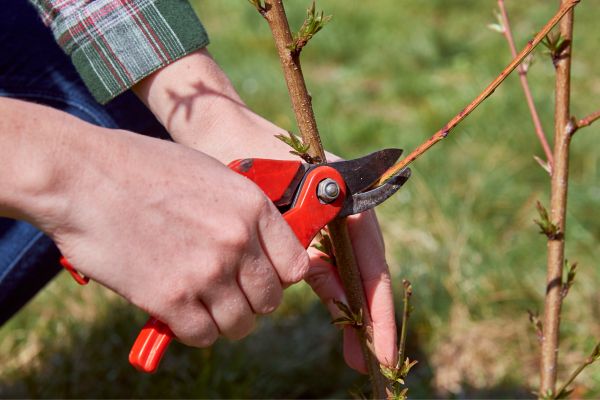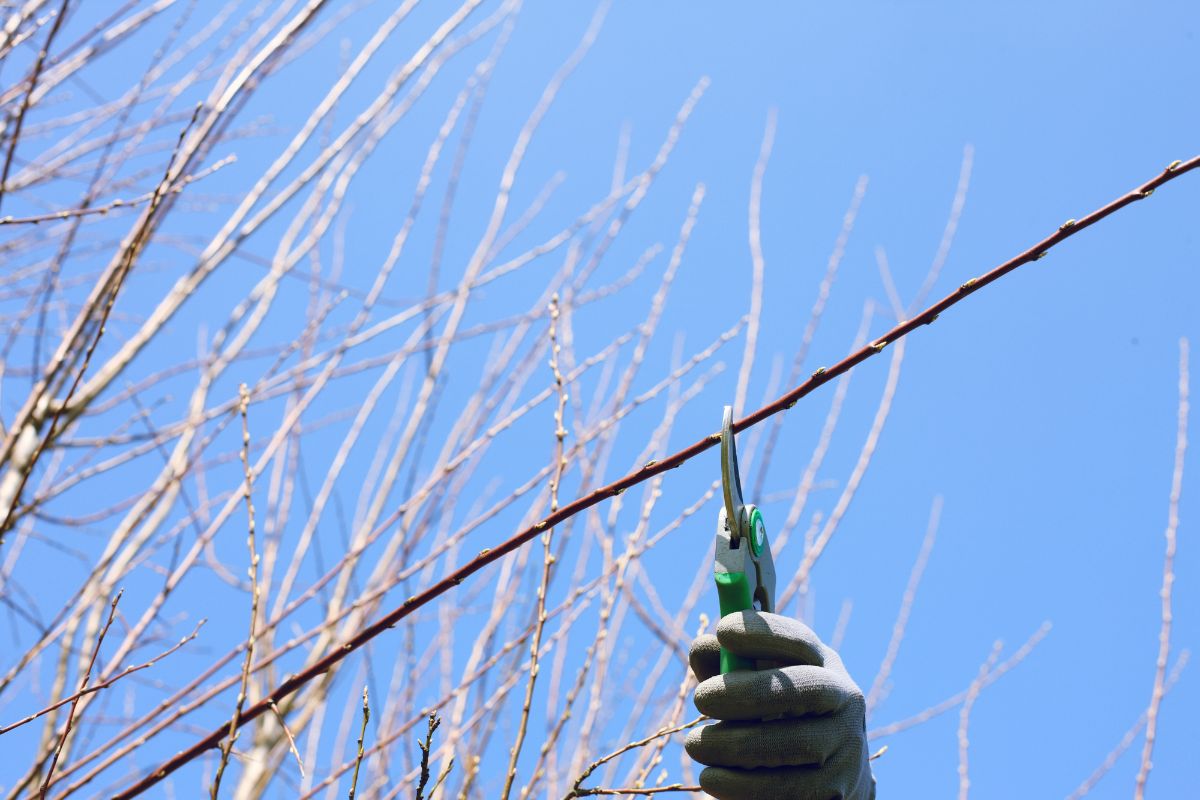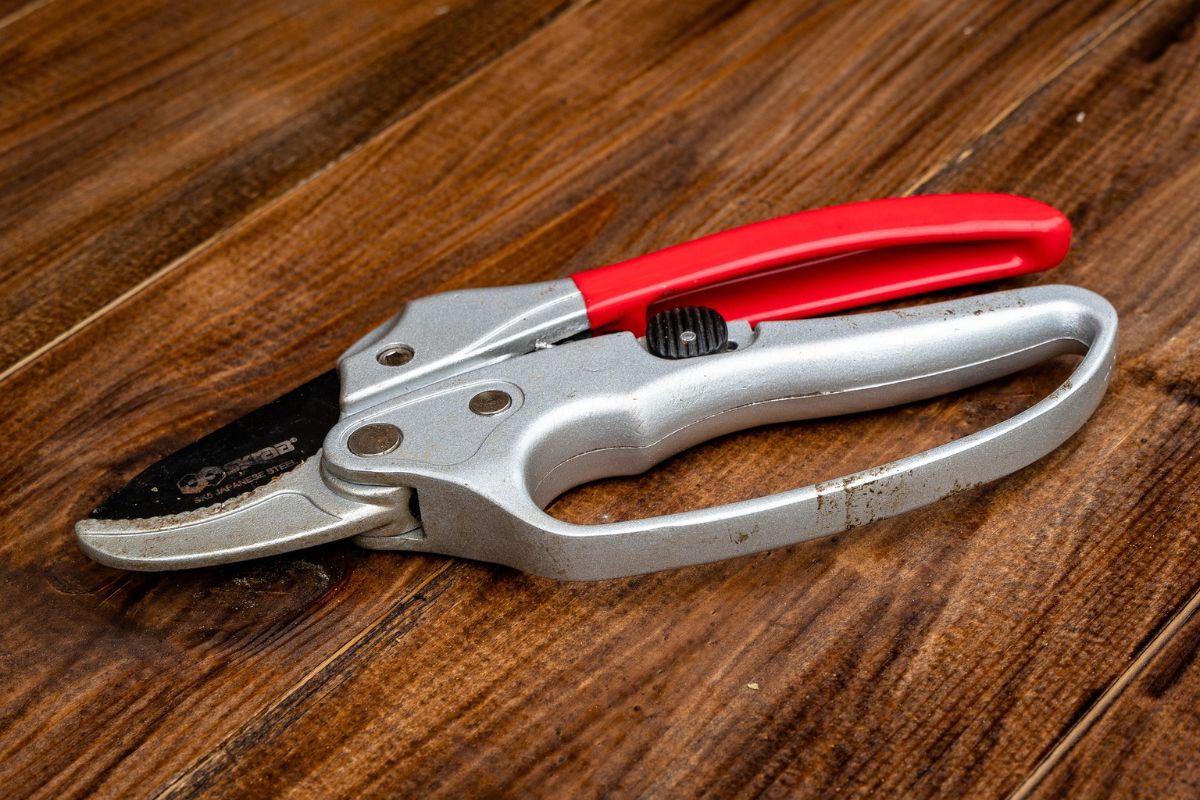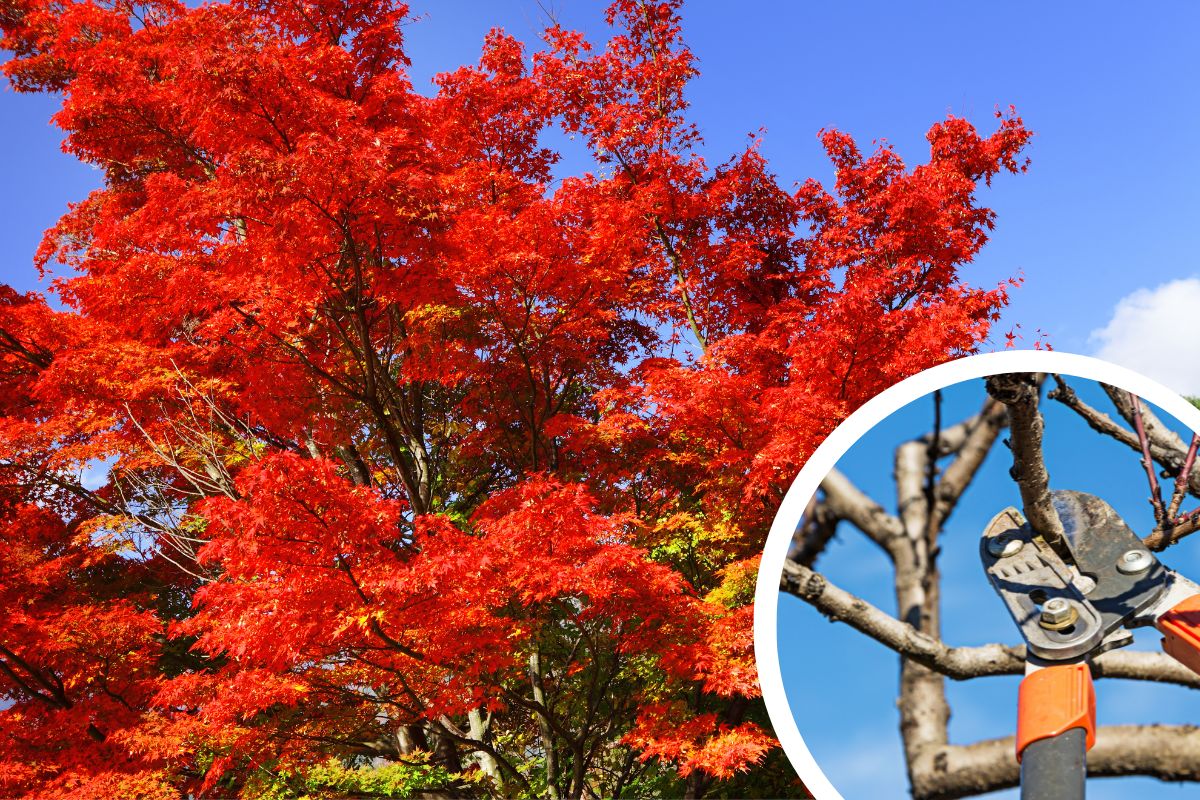If you have a Japanese maple tree in your yard, you know how beautiful and unique they can be. These trees are known for their stunning foliage and graceful branching, but they do require some maintenance to keep them healthy and looking their best. One important aspect of Japanese maple care is pruning.
Pruning your Japanese maple tree can help to promote healthy growth and maintain its shape. However, it’s important to know when and how to prune to avoid damaging the tree. Improper pruning can lead to weakened branches or even disease, so it’s best to follow some basic guidelines to ensure your tree stays healthy and beautiful for years to come.
In this article, we’ll provide some tips and tricks for pruning your Japanese maple tree. We’ll cover the best time of year to prune, the tools you’ll need, and some basic techniques for shaping and maintaining your tree. Whether you’re a seasoned gardener or a beginner, this guide will give you the information you need to keep your Japanese maple tree looking its best.
Why prune your Japanese maple?

Pruning your Japanese maple tree is an essential aspect of its overall care. It not only helps maintain its shape and size but also promotes its health and longevity. Here are a few reasons why you should consider pruning your Japanese maple:
- Improve the tree’s structure: Pruning can help remove any dead, diseased, or damaged branches, which can help improve the overall structure of the tree. It can also help prevent any potential hazards that may arise from weak branches.
- Promote healthy growth: Pruning can help stimulate new growth and promote healthy development of the tree. It can also help improve the tree’s resistance to pests and diseases.
- Enhance its beauty: Pruning can help maintain the tree’s shape and size, which can enhance its visual appeal. It can also help prevent any overcrowding or shading of nearby plants.
However, it’s important to note that pruning should be done with care and precision. Over-pruning or improper pruning techniques can cause damage to the tree and even lead to its death. Therefore, it’s recommended to seek the advice of a professional arborist or follow proper pruning guidelines to ensure the health and longevity of your Japanese maple tree.
When to prune your Japanese maple
Pruning in spring

Spring is the best time to prune your Japanese Maple. Late winter or early spring is when the tree is in its natural dormant period, and less injury is caused by Japanese maple trimming during this time.
During the spring, you can remove any dead or damaged branches, as well as any crossing branches that are rubbing against one another. This is also the best time to shape the tree according to your desired style.
Pruning in summer
It’s generally not recommended to prune your Japanese Maple during the summer months, as the tree is actively growing and pruning may cause damage to the new growth. However, if you need to remove any dead or damaged branches, it’s best to do so early in the summer, before the new growth has fully developed.
Pruning in winter

Winter is another good time to prune your Japanese Maple, especially if you missed the spring pruning window. During the winter, you can easily see the tree’s structure and shape, making it easier to remove any dead or damaged branches. However, be sure to avoid pruning during periods of extreme cold, as this can cause damage to the tree.
Remember, it’s always best to prune your Japanese Maple when the tree is dormant, as this will cause less stress to the tree and reduce the risk of damage. Additionally, be sure to use clean, sharp pruning shears to make clean cuts and avoid damaging the tree further.
How to prune your Japanese maple
Tools you will need

To properly prune your Japanese maple, you will need the right tools. The following tools are recommended:
- Hand pruners for branches up to 1/4 inch in diameter
- Loppers for branches up to 2 inches in diameter
- A pruning saw for branches larger than 2 inches in diameter
- A sharpener to keep your tools sharp during the pruning process
Pruning techniques
When pruning your Japanese maple, it is important to use proper techniques to avoid damaging the tree. Follow these steps:
- Identify the branches that need to be pruned.
- Make a small undercut on the branch close to where the final cut will be.
- Cut through the branch on the outside of the undercut to remove the bulk of the weight.
- Make a final cut just outside the branch collar to prevent leaving a stub.
- Remove any dead, diseased, or damaged branches.
Pruning tips
Here are some additional tips to keep in mind when pruning your Japanese maple:
- Prune during the dormant season, typically in late winter or early spring.
- Never remove more than 1/3 of the living tree material in a year.
- Prune to maintain the tree’s natural shape and form.
- Remove branches that cross or rub against each other.
- Always use sharp, clean tools to make smooth cuts.
Common mistakes to avoid

Pruning your Japanese Maple can be a tricky task, but there are some common mistakes that you can avoid to keep your tree healthy and looking its best. Here are some things to avoid:
- Over-pruning: While it might be tempting to prune your tree excessively, it’s important to remember that removing too much foliage can cause stress to your tree and affect its ability to grow and thrive. Stick to the 1/3 rule and never remove more than one-third of the tree’s foliage at once.
- Pruning at the wrong time: Pruning at the wrong time of year can cause damage to your tree and impact its growth. Make sure to prune your Japanese Maple during the dormant season, which is typically in late winter or early spring.
- Using dull tools: Using dull tools can cause damage to your tree and make it more susceptible to disease. Make sure to use sharp, clean tools when pruning your Japanese Maple.
- Pruning too much of the interior: While it’s important to remove dead or diseased branches, pruning too much of the interior can impact the tree’s overall shape and health. Focus on removing branches that are crossing or rubbing against each other, and leave the interior of the tree relatively untouched.
- Not considering the tree’s natural shape: Japanese Maples have a natural shape that should be taken into consideration when pruning. Avoid pruning your tree into an unnatural shape, and instead focus on enhancing its natural beauty.
By avoiding these common mistakes, you can keep your Japanese Maple healthy and looking beautiful for years to come.
Conclusion
Pruning a Japanese maple tree may seem intimidating, but with the right knowledge and tools, it can be a straightforward process. Remember to always use sharp, clean tools and follow the guidelines for pruning a Japanese maple tree.
When pruning, focus on removing any lower branches that look different or have dissimilar leaves from the top of the tree. Additionally, remove any broken, dying, or dead branches, and stake young trees to ensure they grow upright.
Both summer and winter are widely accepted as ideal times for pruning the Japanese maple tree, but be sure to avoid pruning during the hottest months of the year. And always use the three-cut rule when pruning main branches to avoid unnecessary damage.
By following these tips and tricks, you can encourage new growth, promote root growth and establishment in the ground, and maintain the health and beauty of your Japanese maple tree for years to come.
